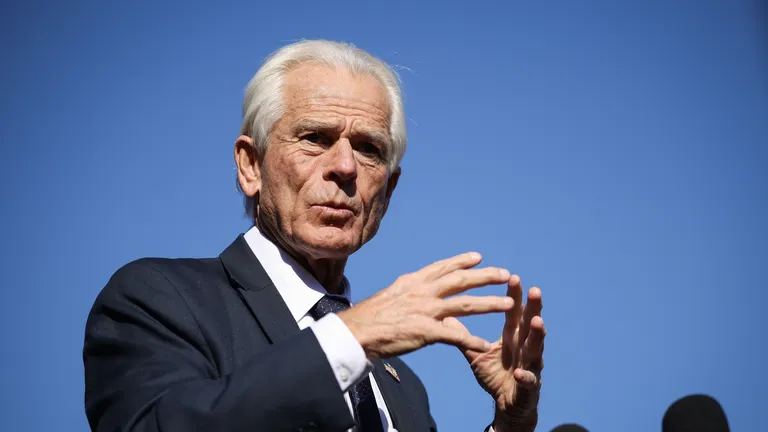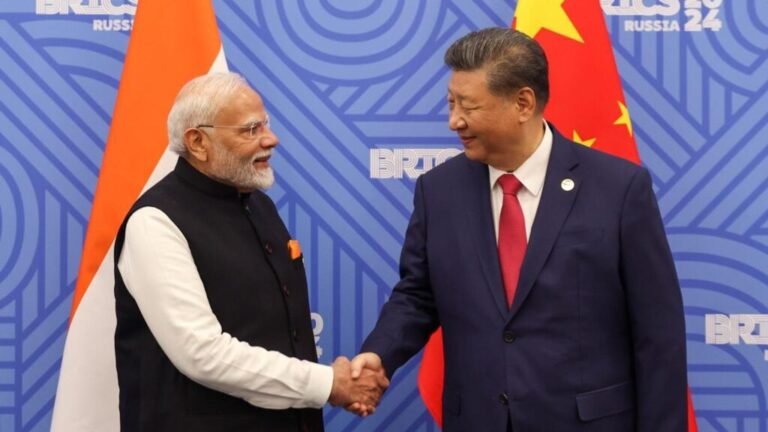
In what many are calling one of the most dramatic shifts in modern diplomacy, the relationship between the United States and India has gone from strategic partnership to economic warfare in just a few months. What began as routine trade discussions has escalated into crushing 50% tariffs, inflammatory blame games, and accusations that threaten to unravel decades of carefully built trust between the world’s oldest and largest democracies.
Trump’s decision to impose a 50% tariff on Indian goods marks one of the most aggressive trade actions against a key ally in recent memory. This represents a doubling of the existing 25% tariffs, with an additional 25% penalty specifically targeting India’s energy trade with Russia.
Using Tariffs as Economic Weapons Against Russia’s Allies
The Trump administration has weaponised trade policy in its broader strategy to isolate Russia economically. The logic is straightforward: by punishing countries that continue trading with Moscow, the US aims to cut off vital revenue streams that fund Russia’s military operations in Ukraine.
Rather than targeting Russia directly, the administration is going after its major trading partners. This strategy recognises that Russia’s war economy depends heavily on oil revenues, particularly from sales to countries like India and China. By making these transactions economically painful through tariffs, the US hopes to pressure Russia into speeding up peace negotiations.
The Blame Game: Targeting India and China
Perhaps the most controversial aspect of Trump’s strategy has been the rhetoric from his advisors. White House trade adviser Peter Navarro made headlines by describing the Ukraine conflict as “Modi’s war,” arguing that India’s oil purchases directly fund Russian military operations.
“Everybody in America loses because of what India is doing. Consumers, businesses, and workers lose because India’s high tariffs cost us jobs, factories, income, and higher wages. And then taxpayers lose because we have to fund Modi’s war,” Navarro stated during a Bloomberg TV interview.
The administration’s argument centres on the idea that both India and China, as major purchasers of Russian oil, bear responsibility for enabling Moscow’s war machine. Trump has repeatedly called for both nations to halt their Russian energy imports as a pathway to peace in Ukraine.

Double Standards: Why India Pays While Others Escape
The most glaring aspect of Trump’s approach is the selective application of penalties. While India faces crushing 50% tariffs, China – which imports significantly more Russian oil – has largely escaped similar punishment. This double standard has drawn sharp criticism and raised questions about the administration’s true motivations.
Secretary of State Marco Rubio explained the disparity by arguing that sanctioning China would lead to sharp increases in global oil prices. He noted that much of the Russian oil going to China is refined and then sold back to Europe, complicating any potential sanctions regime. Yet this explanation does not fully address why India, with smaller import volumes, receives harsher treatment.
Trump’s Real Motives: Beyond the War Narrative
Several factors appear to drive Trump’s selective targeting of India beyond the stated goal of pressuring Russia. Agricultural trade tensions have long been a source of friction, with Trump regularly calling India the “Maharaja of tariffs” due to its high duties on American farm products.
The administration’s hesitation to impose similar penalties on China likely stems from ongoing trade negotiations and potential economic fallout. As one analysis noted, “Sanctioning Beijing would raise global oil prices,” creating domestic political risks for Trump ahead of future elections. The administration appears unwilling to risk economic disruption that could affect American consumers and businesses.
Adding another layer of complexity to Trump’s motivations are his business interests in the region. Trump Business has made a significant deal with Pakistan in the cryptocurrency sector, which may influence the administration’s regional calculations and approach to South Asian partners. This business relationship could explain why Pakistan has avoided similar scrutiny despite its own complex relationships in the region.
India’s Response and Damaged Relations
India has responded to US pressure with characteristic defiance. Prime Minister Modi has doubled down on promoting “Made in India” products and achieving self-reliance, directly challenging US economic leverage.

The economic impact on India has been significant. The country’s chief economic adviser has warned that the tariffs could reduce GDP by 0.5%. Thousands of jobs in export sectors, particularly textiles, jewellery, and chemicals, are at risk as manufacturers face shrinking profit margins and cancelled orders.
Perhaps more damaging than the immediate economic effects is the long-term impact on bilateral relations. As one analysis put it, Trump has “single-handedly damaged years-long efforts of the USA to build a strong relationship with India.” The trust deficit created by these actions may persist long after current trade disputes are resolved.
India has responded by seeking to reset relationships with other major powers, including China, putting border disputes on the back burner while strengthening ties with Russia. This shift represents the exact opposite of what US policymakers have traditionally sought – driving India away from American influence and towards the Russia-China axis.
Written by – Harsh Pramod Chauhan
The post Trump Targeting India with Tariffs & “Modi’s War” appeared first on The Economic Transcript.






